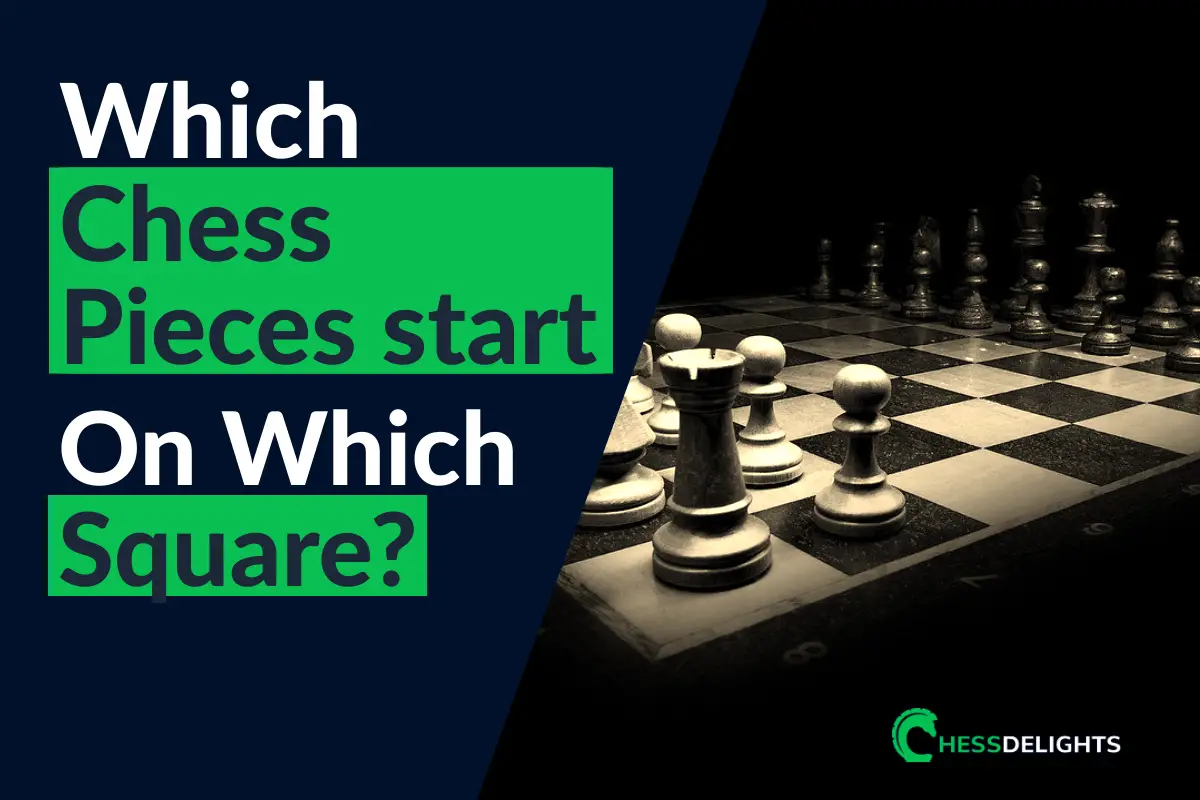Chess players are often unsure about what happens when you make an illegal move in chess. There's been many cases where the player doesn't notice an illegal move and can lead to some confusing situations due to all of their pieces being on different squares than they're supposed be. The most common type of illegal move is moving your piece onto a square that it cannot legally occupy, which may have thrown off lots of people who were learning how to play for years before realizing there was something wrong with these moves!
So, if you make an illegal move in chess, you will either lose the game immediately or after the arbiters have decided the game by carefully reviewing the game. Most of the time, if an illegal move has occurred during a game, the arbiter may decide to restart the game, or by default, your opponent wins.
Below are few examples of illegal move in chess.
Touch-Move Rule
A chess player who completes an illegal move must retract that move if someone observes the act. But you may also be required to complete a new move involving the piece that you illegally moved. The touch-move rule will apply in this situation, as it entails one item on the board.
The touch-move rule states that if you touch a piece that you wish to move, you must move that piece in some form. The movement must be legal.
You can move a different piece if it appears there are no possible legal moves that you can make with the original piece. You must confirm in this situation that the initial one cannot legally move in any form. You will have the option to move something else if you determine that you cannot move that initial piece as you wish.
When the King Infiltrates a Controlled Square
Your king cannot enter any squares controlled by the opposing king or queen. The king could still capture a queen if that queen is close enough to deliver a check.
You will move your king back to its original space if you try moving it to a spot that the opposing king or queen controls. You may have the choice to move a different piece, including one that might protect your king from a potential check. But the decision will likely be at the judge's discretion.
Not Promoting the Pawn
It is illegal to move your pawn to the furthest rank on the board without promoting it by replacing it with a new queen. Your opponent may receive a few minutes of additional time if you do not promote the pawn. A judge may require you to replace that piece with a new queen, although sometimes you may end up forfeiting your ability to promote the pawn depending on what the judge rules.
Players may choose not to promote a piece as necessary. They may do this as a strategic tactic. The opponent may feel empowered over the player not opting to promote the pawn, but the player may be doing this to trick that person into thinking he or she has an advantage.
When an Arbiter Finds an Illegal Move After
There may be cases where a judge or an arbiter finds that an illegal move occurred a few moves after it took place. The judge may identify an illegal act within a player's last ten turns, although the rules can vary by each tournament.
If someone finds an illegal move after the fact, the official will require the game's position to revert to where it was before the illegal move. Any move counters on game clocks may also shift to reflect the position before the wrong act.
The touch-move rule still applies in this situation. The player who committed the illegal move must complete a legal move involving the piece that one improperly handled earlier.
Pressing the Clock Without Completing a Move
One illegal move you might not consider entails pressing the clock without performing any further action. A player might complete this move because that person doesn't want to move any pieces on the board. The person believes that by not moving one's pieces in one turn, it may be easier for that player to make a more advantageous move after the opponent does something.
Your opponent will be given one to two minutes of additional time for moves if you complete this illegal move once. You will automatically lose if you commit the infraction a second time.
The judge may declare a draw if your opponent is in a position where the player cannot checkmate your king through a legal move.
It is also illegal to use separate hands to run a move and press the chess clock. You will use the same hand for both actions in your turn in most situations. But the rules will still vary surrounding the event. The rules can also check if you have any physical issues that keep you from following this point.
Using Both Hands For Castling
Another unique illegal move involves castling with both hands. You will break the touch-move rule if you try using both hands when castling. While you might assume that using both hands is more efficient, you may be trying to illegally trick your opponent into thinking you're doing something else on the board.
The proper way to castle is to touch the king with one hand and move it to the side you will castle. You will then use the same hand to move the rook in the proper spot.
Your opponent will have one or two additional minutes if you complete this infraction. The game ends, and you will lose if you attempt this a second time.
This rule also applies to captures and promotions.
You may be allowed to castle with two hands if you have a physical handicap. The game judge may determine what is appropriate in this case.
When Is An Illegal Chess Move Official?
You must be aware of the illegal moves of chess if you wish to avoid a penalty. You must especially know if you're about to complete one of these moves before you press the time clock to signal your turn is over.
An illegal chess move is complete once you press the clock. The judge will then penalize you if someone sees what you do here. The penalty may occur immediately, or it will appear as soon as the judge notices in one's review that you completed this infraction. You would have to correct your move after pressing the clock. Your opponent may earn additional time, or you could be penalized an extra bit of time depending on the action you're trying to complete here.
You will still have time to correct your illegal move before making your turn official. You will have to spend extra time figuring out your next move, but you will not provide your opponent an advantage if you fix the issue beforehand. The move will still require you to utilize the same piece from the start, as it will be subject to the touch-move rule.
What If There's More Time Left on the Chess Clock?
Sometimes an illegal move may occur when there is a substantial amount of time left on the chess clock. For cases where there are at least five minutes left on the clock, the player's first illegal move will not entail a penalty. The player will take back the illegal move and complete a legal one, usually with the same piece from the start of the turn.
But for cases where there are fewer than five minutes left on the clock, the official will add a few minutes on one's clock.
Is It Possible To Get Away With a Move?
Whether you would be able to get away with an illegal move depends on whether there is a judge reviewing your match or if your opponent is unaware of the rule you are breaking. Your opponent will need to summon the arbiter to check the illegal move, or that person will have to call out the turn in question.
What If Both Players Complete an Illegal Move?
Both players in a chess match can complete an illegal move on each turn. The players should consult a judge about the issue if there are any suspicions. The judge will likely not issue a penalty since both players committed an illegal move. Instead, the match will go back to where it was before the first of these moves took place.
What About Piece Displacement?
One trick some players might try to gain an illegal advantage is to displace pieces when capturing them. A player might knock over a piece when capturing it, for example. The piece that was knocked over may push another piece to a different square from where it appears at the start of the turn. The player who captures the opponent's piece must clean off the captured piece and move the other items back to their appropriate positions.
If a judge finds that you completed an illegal move, the judge will require the board to revert to its original position before the penalty. Your opponent may earn additional time if necessary. For cases where the judge cannot determine the proper setup, the game will move back to the last agreed space.
What If the Game Is Set Up Incorrectly?
The last concern to see entails what happens if the game isn't set up the right way. The starting position must work where the pawns are in the second rank, and the other pieces are in their proper spots in the first rank.
The game will restart if it appears the board has an incorrect setup. The act works if there hasn't been enough time elapsed in the game. The game will likely resume if both players have completed at least ten moves each. For cases where the match has gone long enough, the game will continue.







